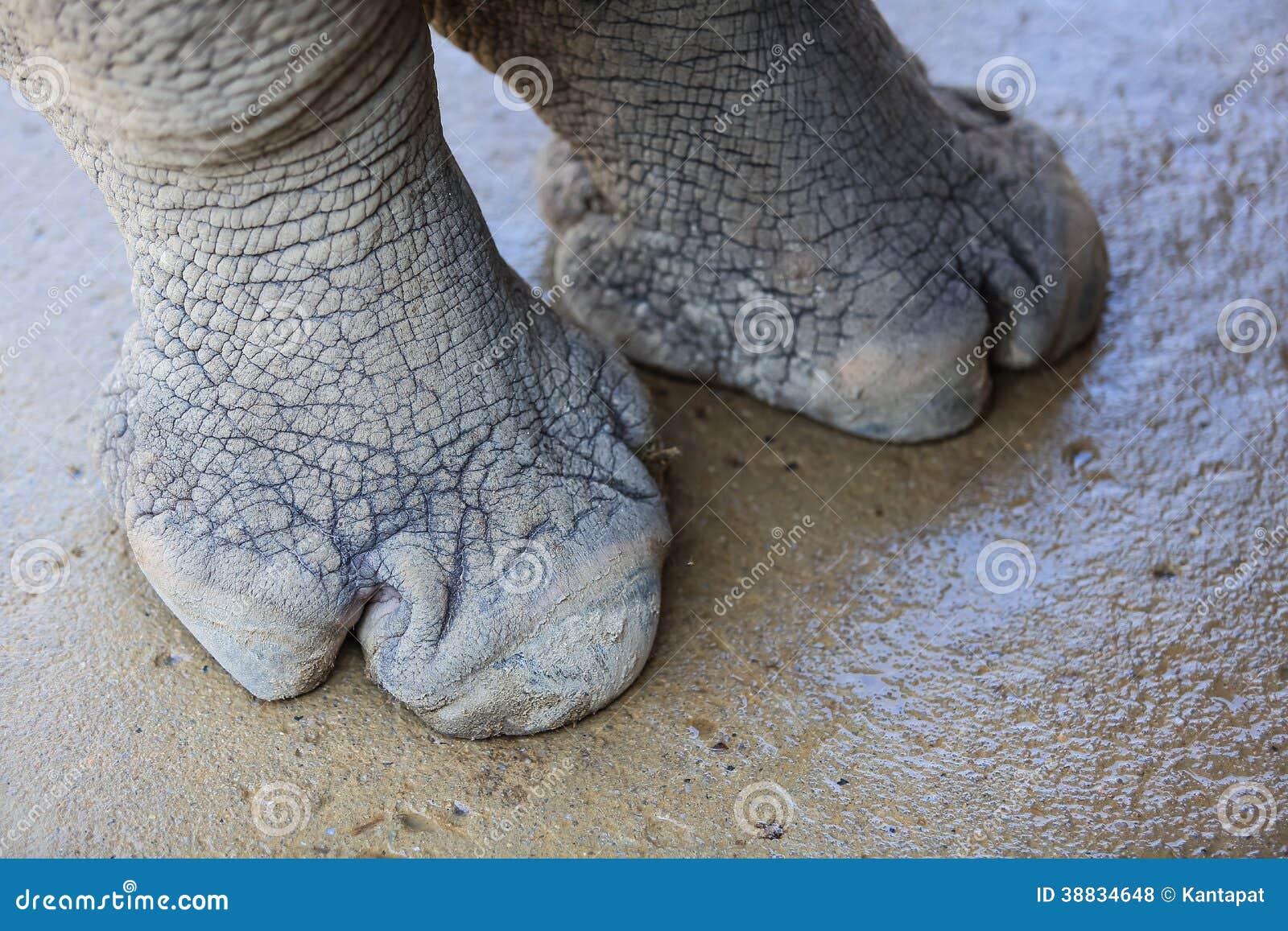

The word rhinoceros comes from the Greek words rhino (nose) and ceros (horn). The rhinoceros gets its name from its most famous feature: horns.


Their ears can move independently of each other, and one may be cocked forward while the other is directed backward, or both may perk straight up when an interesting sound that requires total concentration is detected. This defense mechanism has given them an undeserved reputation for having a bad temper. Rhinos soak in mud or roll in dust as protection against sunburn and insect bites.īecause rhinos are very nearsighted, they often charge when startled in the wild, rhinos have been observed charging at boulders or trees.
#Rhinoceros foot skin#
Their thick skin acts like protective plating but is sensitive, as the blood vessels are close to the skin’s surface, and can be easily scarred. What all rhinos have in common are one or two horns, a broad chest, thick skin, poor eyesight, excellent hearing, and a fondness for rolling in the mud. Today, only five species continue the line: two native to Africa and three native to Asia. Throughout the eons, close to 100 known rhinoceros species have existed. One of these ancestors, the paraceratherium, was 25 feet (7.6 meters) long and 18 feet (5.5 meters) high at the shoulder, the largest land mammal ever known. The rhino’s lineage is an ancient one-its ancestors walked the Earth 55 million years ago. Yet most of the time this fearsome creature is content to browse peacefully on vegetation. In our imaginations, the rhino is the embodiment of brute strength. Its eyes peer from a massive head that tapers to that battering ram of a horn. Its heavyset body stands on sturdy legs like tree trunks. Ambassadors from another age: The rhinoceros looks as though it has lumbered into our time from some primeval era.


 0 kommentar(er)
0 kommentar(er)
